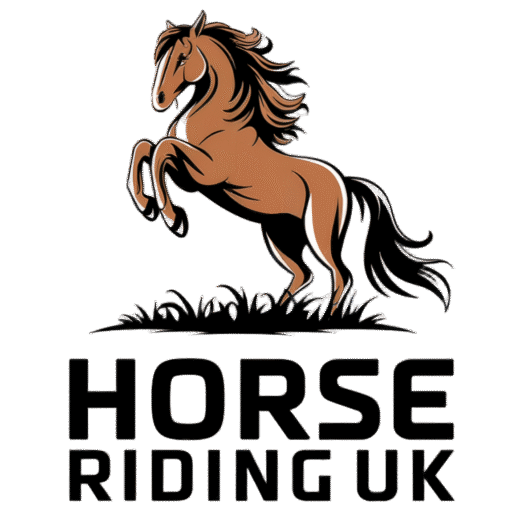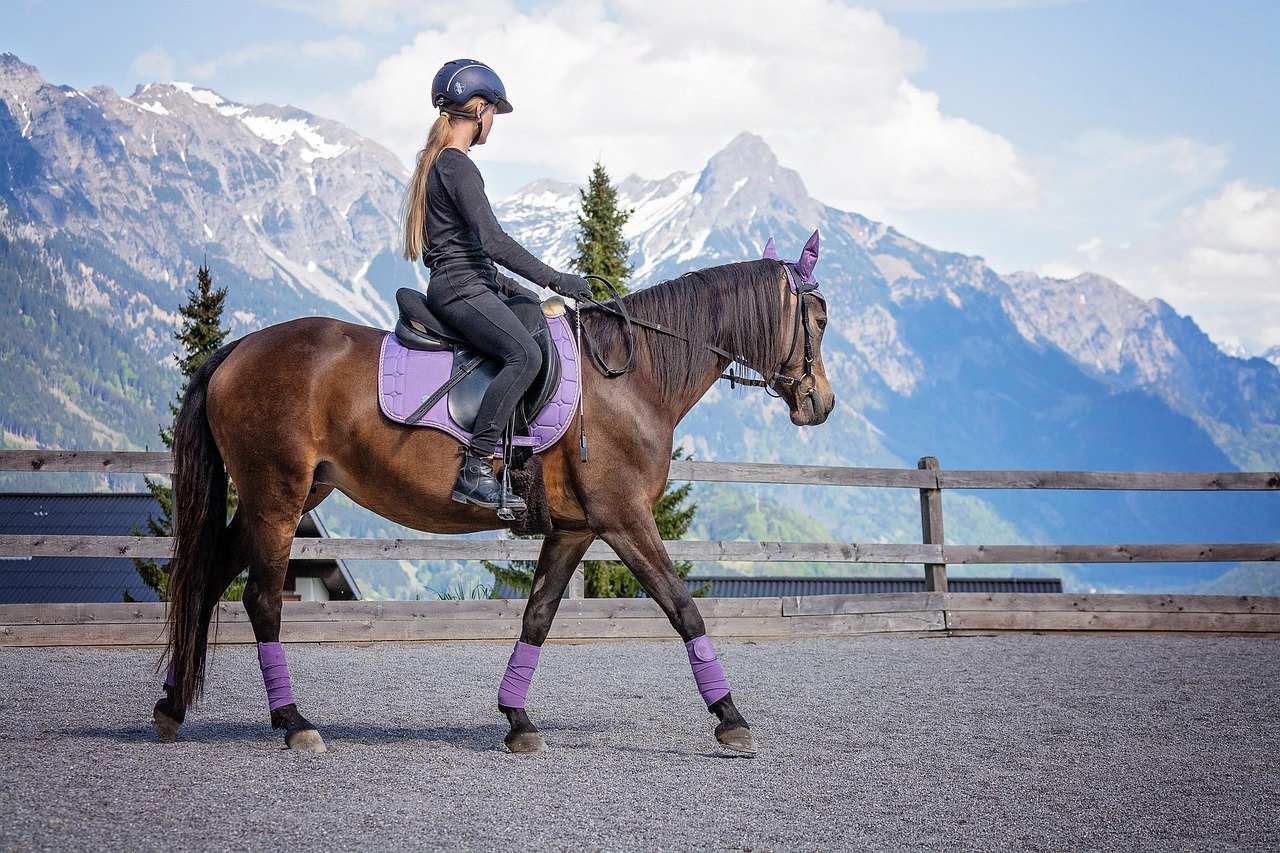Horse riding is an exciting and rewarding sport, but it also comes with risks. Whether you’re a complete beginner or an experienced rider, the gear you wear plays a huge role in keeping you safe, comfortable, and confident in the saddle. From horse riding boots to helmets, body protectors, and clothing, investing in the right kit ensures that you’re prepared for every ride.
In this guide, we’ll cover everything you need to know about horse riding boots, hats, helmets, riding leggings, and children’s riding outfits. We’ll also explain how to choose the right gear for safety and performance, plus highlight common mistakes to avoid.
Why Proper Horse Riding Gear Matters
Horse riding isn’t like most sports—you’re working with a powerful animal that weighs hundreds of kilos. Even a gentle horse can be unpredictable, and accidents happen when you least expect them. That’s why wearing the correct riding gear is not just tradition—it’s a necessity.
Here are three main reasons why the right equipment matters:
- Safety – Riding helmets and body protectors can significantly reduce the risk of serious injuries.
- Comfort – Boots, leggings, and fitted clothing prevent rubbing, slipping, and fatigue during long rides.
- Confidence – When you feel safe and comfortable, you ride with better posture and control, which improves your performance.
Horse Riding Boots – Choosing the Right Pair
When most people picture horse riders, the first image that comes to mind is tall, polished riding boots. But did you know there are different styles of boots designed for different disciplines? Choosing the right horse riding boots is one of the most important steps for any rider.
Different Types of Horse Riding Boots
- Jodhpur Boots – Short ankle boots, often paired with half chaps. Perfect for beginners and everyday riding.
- Tall Field Boots – Laced at the ankle, flexible, and designed for jumping.
- Dress Boots – Sleek, stiff boots used in dressage competitions.
- Paddock Boots – Practical and comfortable for yard work and casual riding.
- Riding Shoes – Sometimes marketed for casual riders, but they lack the ankle support of proper boots. Use with caution.
What to Look for in Riding Boots
- Heel Height – A small heel (around 1 inch) prevents your foot from slipping through the stirrup.
- Grip & Sole – Smooth soles slide out of stirrups safely, while too much tread can get caught.
- Fit & Comfort – Your boots should be snug but not tight, with enough flexibility to move.
- Material – Leather offers durability and classic style, while synthetic boots are affordable and easy to clean.
Best Riding Boots for Beginners vs. Experienced Riders
- Beginners: Jodhpur or paddock boots are great for lessons and casual hacking.
- Experienced riders: Tall boots (field or dress) offer more control and are competition-approved.
Children’s Riding Boots – What Parents Should Know
Kids grow fast, which makes buying expensive leather boots tricky. Look for affordable, durable synthetic boots with safety heels. Make sure they fit securely but leave a little growing room.
Horse Riding Hats & Helmets – Safety Above All
A helmet is the single most important piece of horse riding gear you can buy. Falling off a horse, even at a walk, can cause serious head injuries. Luckily, modern horse riding helmets are lightweight, comfortable, and stylish.
The Difference Between a Riding Hat and a Helmet
- Riding Hat – Traditional velvet-covered style, often worn for showing and competitions.
- Riding Helmet – Modern, ventilated design for everyday use. Provides excellent safety while keeping riders cool.
Safety Standards to Look Out For
Always check that your hat or helmet meets current safety regulations:
- PAS015 (UK standard)
- VG1 (European standard)
- ASTM/SEI (USA standard)
Some competitions require hats to meet specific certifications, so always check before buying.
Choosing the Right Size and Fit
- Measure your head circumference before shopping.
- The helmet should fit snugly without wobbling.
- Straps should fasten securely without pinching.
Stylish Options – From Caps to Modern Riding Helmets
While horse ride caps and casual hats might look good, they don’t offer proper protection. Always prioritize certified helmets, then explore style options such as suede finishes, crystal details, or ventilation panels.
Kids’ Riding Hats – Comfort and Protection Combined
Children should never ride without a helmet. Look for adjustable models that grow with them, lightweight designs for comfort, and extra padding for younger riders.
Horse Riding Clothing Essentials
Alongside boots and helmets, the right clothing ensures both safety and flexibility.
Riding Leggings vs. Traditional Jodhpurs and Breeches
- Riding Leggings – Stretchy, lightweight, and comfortable for everyday rides. Great for beginners and leisure riders.
- Jodhpurs – Close-fitting trousers with reinforced knees, ideal for children and beginners.
- Breeches – Similar to jodhpurs but shorter, designed for tall boots. Popular in competitions.
👉 For most riders today, horse riding leggings are the most popular choice because they feel like gym wear but with added grip and strength.
Best Horse Riding Outfits for Children
When shopping for children’s horse riding outfits, consider:
- Safety first: helmet and boots with heels.
- Comfort: soft, breathable fabrics that move with them.
- Affordability: kids grow fast, so choose mid-range options.
Seasonal Clothing – What to Wear in Summer vs. Winter
- Summer: Lightweight shirts, ventilated helmets, and breathable leggings.
- Winter: Layered thermals, waterproof jackets, and insulated boots.
Horse Riding Body Protectors – Do You Need One?
A horse riding body protector absorbs shock and protects vital organs in case of a fall. They’re particularly useful for jumping, cross-country, and beginners learning to balance.
Key Features to Look For
- Safety certifications (BETA Level 3 for competitions)
- Flexible foam panels for movement
- Adjustable straps for fit
When Are They Essential?
- Riding schools often require them for children.
- Eventing, cross-country, and jumping disciplines strongly recommend them.
- Beginners may feel more confident wearing one.
Accessories and Extras for Riders
While boots, helmets, and clothing are essential, many riders also benefit from accessories such as:
- Gloves – Prevent blisters and improve grip.
- Whips & crops – Used responsibly for training and control.
- Protective eyewear – Keeps dust and insects away.
- Reflective gear – Vital for hacking on roads.
Common Mistakes Riders Make When Buying Gear
- Prioritizing fashion over safety – Sparkly caps may look nice but won’t protect your head.
- Buying the wrong size boots – Loose boots can cause slipping, while tight ones lead to discomfort.
- Skipping safety standards – Always check for certifications.
Where to Buy Horse Riding Gear in the UK
- Local Tack Shops – Try before you buy and get expert advice.
- Online Retailers – Wide selection and often cheaper, but check return policies.
- Second-Hand Options – Boots and clothing are fine second-hand, but never buy used helmets as damage may be hidden.
FAQs About Horse Riding Gear
Can you wear normal shoes to ride a horse?
No. Trainers and flat shoes don’t have heels and can slip through stirrups, making them dangerous.
What’s the difference between jodhpurs and leggings?
Jodhpurs are traditional equestrian trousers, while leggings are modern, stretchy alternatives that feel like sportswear.
Do children need a body protector for riding lessons?
Many riding schools require them, especially for jumping. Even when not required, they provide peace of mind for parents.
How often should you replace a riding helmet?
Every 3–5 years, or immediately after a fall—even if there’s no visible damage.
Final Thoughts – Building Your Essential Horse Riding Kit
If you’re starting out in horse riding, your essential gear checklist should include:
- Horse riding boots with a proper heel
- A certified riding helmet or hat
- Comfortable riding leggings or jodhpurs
- A body protector for added safety (especially for kids or jumpers)
Investing in proper gear is not just about safety—it’s about confidence, comfort, and enjoying your time in the saddle. Whether you’re buying your first pair of boots or upgrading to a stylish new helmet, choosing wisely will make every ride more enjoyable.



